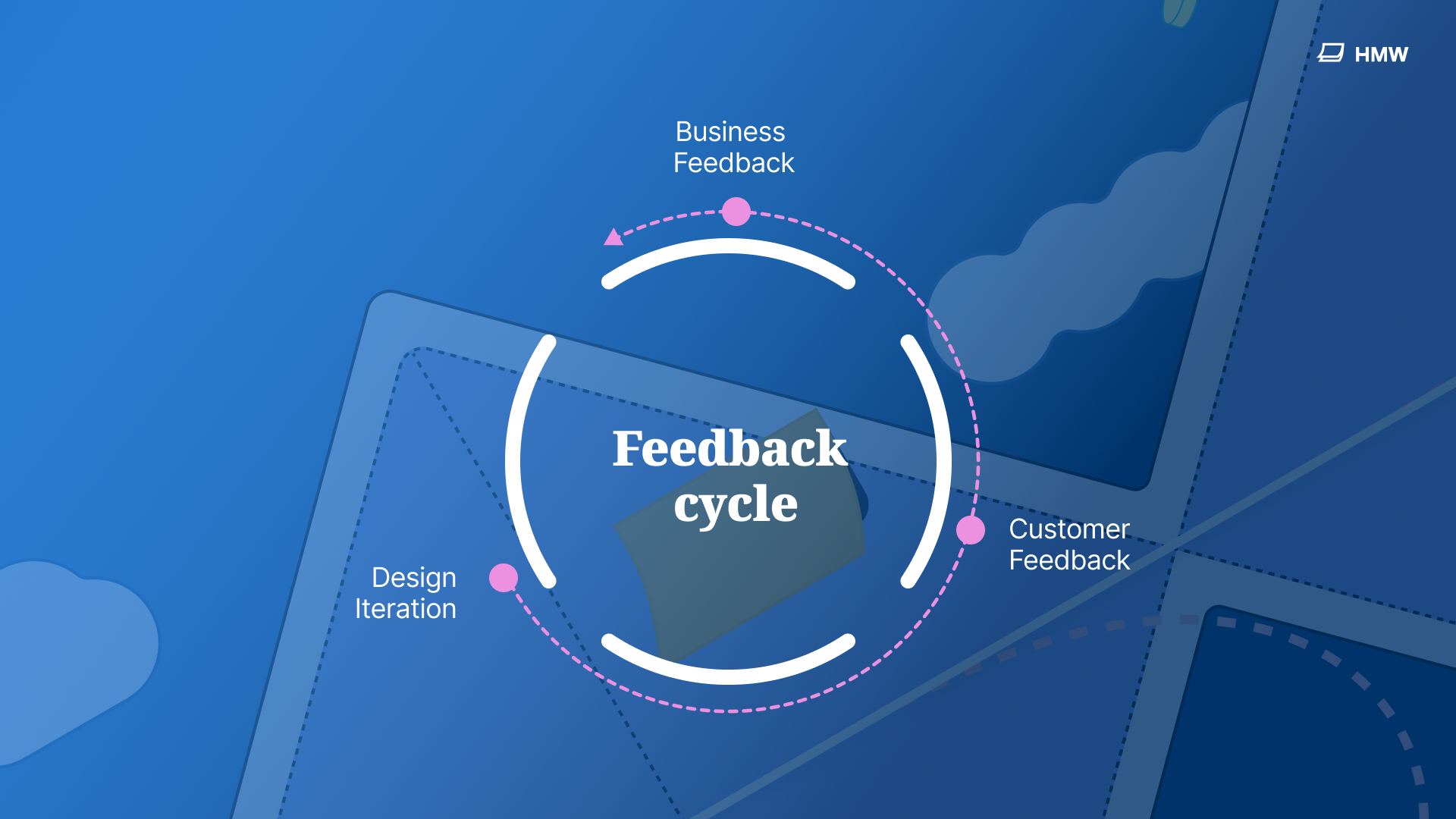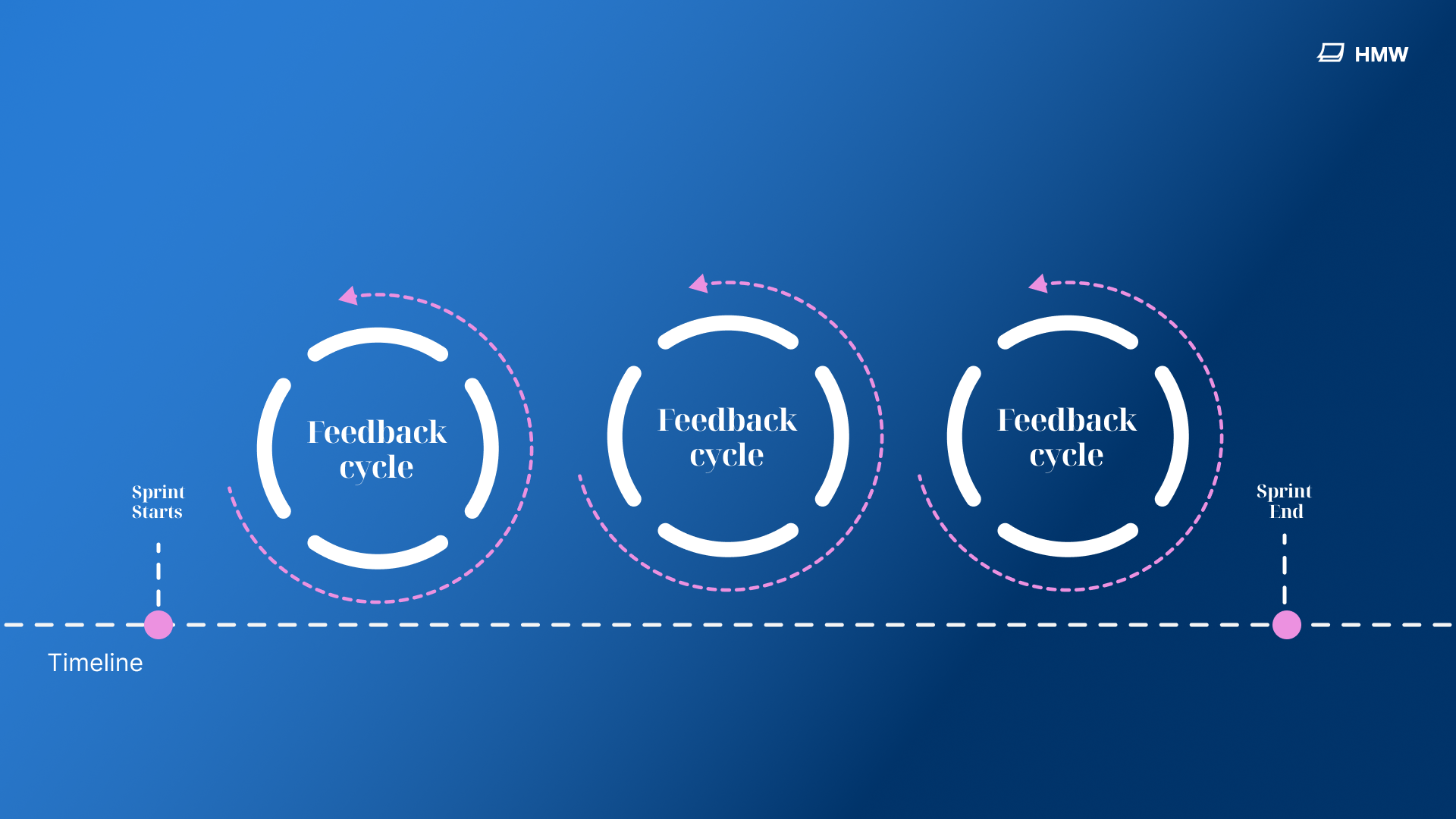Making User-Centered Design Work in Your Organisation.
Designing great products starts with simple ideas. Understand your users and build around their needs. But in most organisations, especially large ones, turning that idea into practice is more challenging than it should be
A few years ago, a company I worked for had ambitious plans for its digital products. Teams were moving fast, and everyone wanted to ship the next "big" feature. However, the research was often pushed to the sidelines. Something we could get around to after the build. Assumptions filled the gap. Designers were working from briefs, not insight. And when research did happen, it often ended up in long, unread decks.
One project in particular still sticks with me: redesigning the core shopping journey. The new version looked sleek, but once it launched, conversions dropped. Panic set in. Only after a round of post-launch usability testing did we realise that the new flow had confused many customers. We fixed it eventually, but the damage was done. We designed it to meet the brief and not the customer's needs.
We had an insight team and a dedicated user research function at the time, but we lost them through restructuring and attrition. Suddenly, UX designers were left without the support of those disciplines. We still had the same deadlines and expectations, but no one to turn to for help validating decisions. So we had to step up. I helped train the team to run their own research. Whether that was writing better surveys, running user interviews, or setting up simple usability tests. We built confidence, little by little. And over time, research became a core part of how we designed, not something that lived in a separate team.
That was a turning point. We started embedding research from the start. Small studies, quick tests, and even informal interviews. We began to test early and often. Our designers started to feel like designers. We stopped waiting for permission to talk to users. We brought their voices into our work, and the results spoke for themselves.
This article is about how to do just that. If you're trying to embed user-centered design into your team or company, here's how to make it stick—and why it matters more than ever.
User-Centered Design
User-centred design (UCD) isn't about making things look pretty but is excellent when you can. Designers should strive for that. It's about ensuring what you're building solves the correct problems for the right people. It's a mindset and a methodology. When I think of design craft, this is what comes to mind.
It means putting users at the heart of your design process, listening to their needs, testing your ideas with them, and refining them based on what you learn. As Don Norman said, "It's from direct exposure to the users that we see the improvements in the design." Insight doesn't come from assumption or abstraction—it comes from being close to the people you're designing for.
Crucially, it does not exist only within the design team. UCD thrives when product managers, engineers, analysts, marketers, and even executives get involved. The more diverse the perspectives, the stronger your product thinking becomes.
Why it matters
Teams that design around users make better products, in my opinion. They also move faster, avoid expensive mistakes, and build trust inside and outside the business.
When teams understand user needs early, they make smarter decisions and reduce churn later. Designs aren't built on gut feel or internal assumptions. They're grounded in real-life behaviours.
UCD also creates alignment. Clear user insight cuts through opinion and helps teams agree on priorities. It's much easier to align around a shared understanding of the customer's needs than a hunch or a stakeholder's preference.
And ultimately, it's good for business. When you design with users in mind, you create experiences that work. That means more engagement, higher conversion, better retention, and more satisfied customers.
Where companies struggle
Most teams don't disagree with user-centered design in theory. But in practice, lots of barriers get in the way.
Some designers just don't have access to customers. The research tools aren't there, and no one knows how to recruit participants. There's even legal confusion about what you can and can't do in some organs.
Stakeholders can also resist research. They want to move fast, and they might think research slows things down or will challenge a decision already made. Others simply don't trust that the insights will be relevant.
Another significant issue is that research that does happen often gets ignored. It won't shape decisions if it lives in a giant PowerPoint deck no one reads. And if it's not embedded into the day-to-day work, wireframes flows, and reviews, it just fades into the background.
How to make it work, practically
This is the good part. Here's how to incorporate user-centered design into your day-to-day work, even if you don't have a significant research budget or a dedicated team.
Start small. You don't need permission to get closer to your users. Pull insights from Trustpilot or app store reviews. Talk to your call centre team. Drop a quick survey into your next customer email. Find the closest contact point with your users and start there.
Use a mix of research. Quantitative data (analytics, heatmaps, A/B tests) shows you what people are doing. Qualitative data (interviews, usability tests) helps you understand why. Together, they give you a complete picture.
Don't just share insights—show them. Add quotes or metrics to your Figma files. Include research takeaways in your sprint reviews. Make user insights part of the design conversation, not an appendix at the end.
Work closely with product and engineering. You'll make better decisions together if you're part of a "product trio"(Design, Product, Tech). Design isn't a solo act—it's a team sport.
Test and learn. Every test you run reveals more of the "iceberg" beneath your product experience. Start broad—does this flow work at all? Then go deeper—does this copy create the right emotional tone? Does this button placement reduce friction?
One of the most effective habits you can build is running tight feedback loops. Design something, test it with users, and bring the work and the insight to your next stakeholder session. This rhythm turns design into a conversation, not just a presentation. I often refer to these cycles as "test and learn loops." They create momentum, give teams confidence in their decisions, and help stakeholders see the value of user input in real time.
Where it gets powerful is when these loops happen inside your sprint. You can complete even one feedback cycle from idea to validation to stakeholder decision. Within a sprint, you're practising user-centred design in a tangible, measurable way. But that's just the baseline. The real opportunity is to create space for multiple loops. Each helps you learn more, refine faster, and uncover better solutions. It's not about perfecting it the first time; it's about learning quickly and improving with every iteration.
Building a culture of insight
You can't build a user-centred culture with a single presentation or article. But you can lead by example.
Embed insight into your own work. Share what you've learned. Run lightweight tests. Track results. And talk about them.
As you build trust in your work, you'll start shifting left—getting involved earlier in the process and influencing the problem space instead of just the solution.
Eventually, teams will come to you with questions, not vice versa.
If you can show the business impact, faster launches, fewer reversions, and higher conversions will build momentum even faster.
Final thoughts
If you want to work in a more user-centred way, don't wait for permission. Just start. Research doesn't need to be a big event. Start small, embed what you learn, and keep testing. Use your designs to tell the story of your users. Share the why behind your decisions. Make insight part of your everyday practice. When you do that consistently, you'll help your team and your whole company build better products that truly meet customer needs.
And that's what user-centred design is all about.



